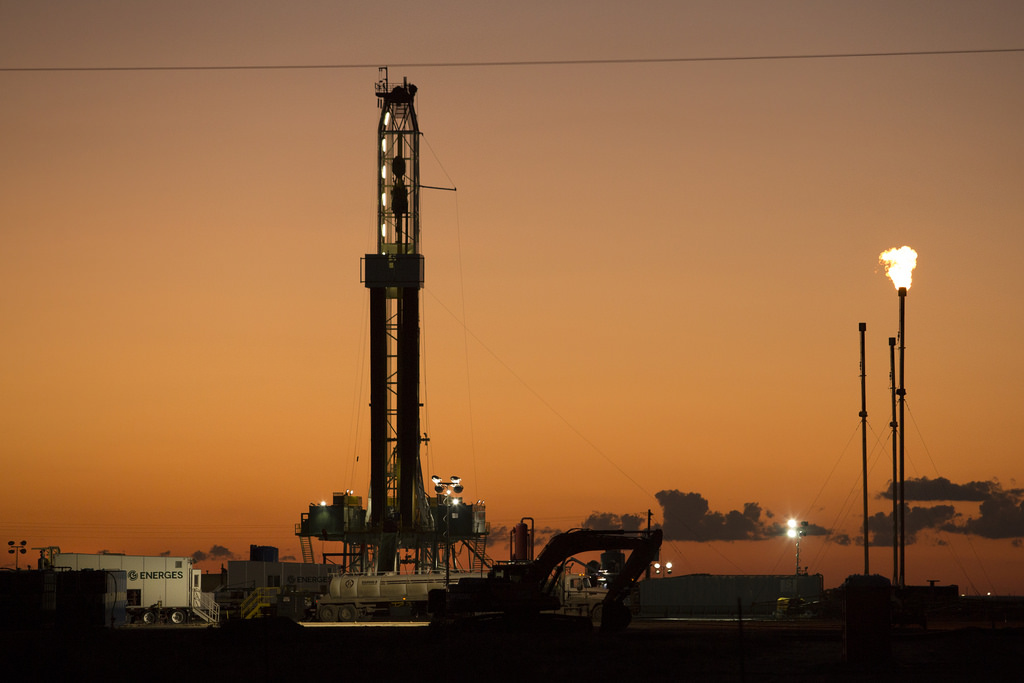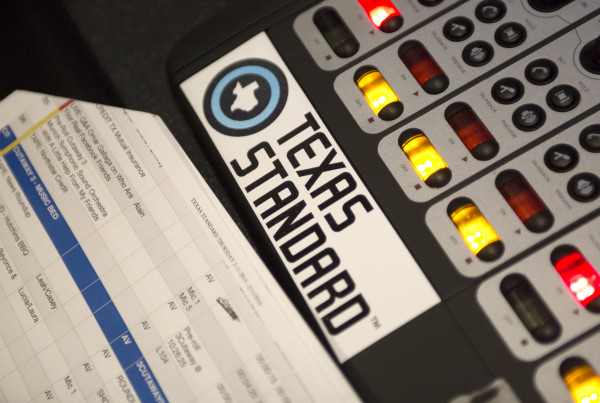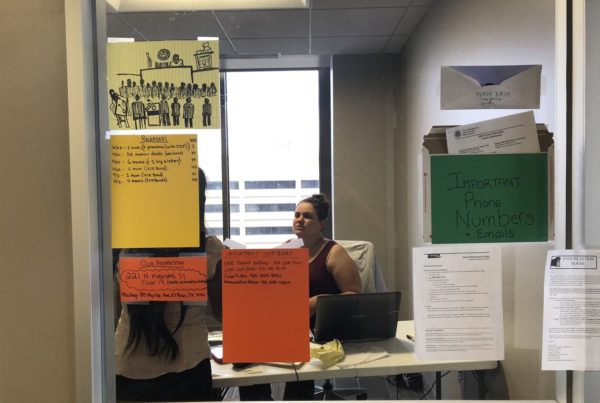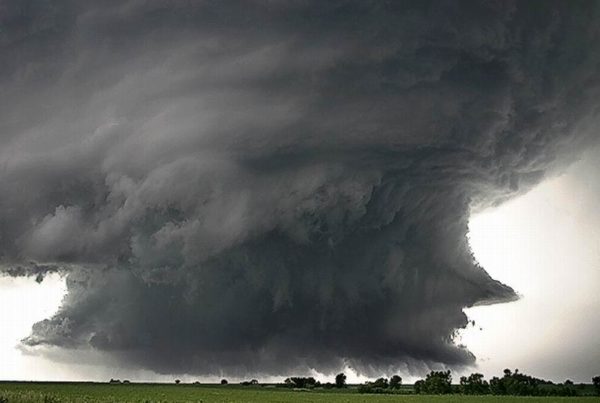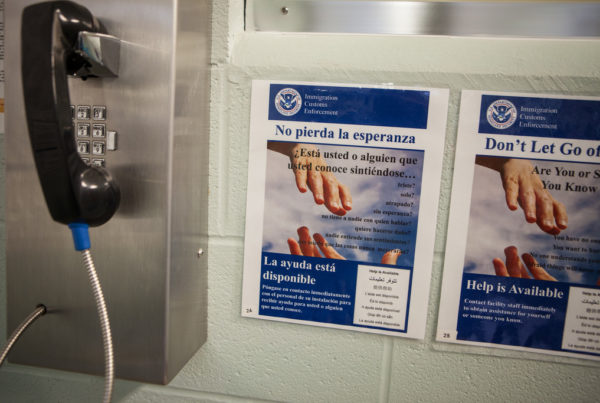Taxes. They tend be something many of us avoid thinking about until a certain time of the year. But they are, of course, an everyday reality when you buy something at the store or when you fill up your gas tank.
But Texas taxes on oil and gas aren’t just limited to the local filling station. They’re also applied to the pumping of gas from out of the ground. Every last bit of oil and gas that comes out of Texas Land helps put money into the state budget. And because of the recent drilling boom, tax revenue from oil and gas is up 50 percent from last year.
The latest estimates from the Texas comptroller’s office show the state expects to collect a combined $6.7 billion from oil and gas industry taxes for the upcoming 2018-19 budget cycle. This money comes from something called severance tax.
Roman McAllen is the historic preservation officer in Denton County.
“The severance tax is a tax set by our Texas Legislature, and it has to do with the extraction of non-renewable resources from Texas land,” McAllen says.
McAllen talked a lot about the severance tax when he was a candidate running for Texas Railroad Commissioner – one of the heads of the state agency that oversees oil and gas production.
“I’ve talked to really large crowds, like 300 people, who are interested in politics, and I’ll ask how many people know what the severance tax is or have heard of it, and if a handful of people put their hand up that’s a big number,” McAllen says.
If you’re not among those in the know, here’s the gist: A severance tax is imposed on oil and gas companies to compensate the state for the loss, or “severance,” of non-renewable resources like fossil fuels. The state determines exactly how oil and gas companies are taxed.
“Currently, for oil, the rate is 4.6 percent of the value, and for natural gas, it’s 7.5 percent. … For oil, that rate has been around since 1951 or so,” says Chris Bryan, director of communication for the office of the comptroller, which collects the tax.
And though 1951 was a long time ago, some lawmakers say those rates are still suitable.
“It seems to be, quite frankly, a fair tax rate. We’re not putting anybody out of business or production. [The industry] continues to grow in the Permian Basin and throughout Texas,” says Odessa Republican state Rep. Brooks Landgraff. “I believe that the first time that we, as a state, imposed a severance tax was back in 1907. And so, it’s very commonplace – something that the industry knows it’s going to face. And of course, it’s a revenue source that we as a state have relied upon since that time.”
The state collects that revenue and splits it between the state rainy day fund, the state highway fund and the Foundation School Program. Those allocations also haven’t changed since 1951, and McAllen says that’s a problem.
“If that tax is supposed to reflect the true cost, the environmental cost to our state or other things, how can it even be close to accurate? We didn’t even know about climate change in 1951,” McAllen says.
McAllen lost his race for Texas Railroad Commissioner to incumbent Christi Craddick, who didn’t make the severance tax part of her campaign.
Landgraff, on the other hand, is planning on using his position in the Texas House to make changes to how the state uses severance tax funds. Specifically, Landgraff says more money needs to go toward maintaining roads and highways.
“I think that if you’re going to continue oil and gas production in places like the Permian Basin and the Eagle Ford Shale, then we need to make sure that infrastructure needs are being met in those areas,” Landgraff says.
Texas is now producing and exporting more oil than ever, which means the state is bringing in more tax revenue than ever. The comptroller’s office says the the rainy day fund is on track to reach about $12 billion by the end of fiscal year 2019.
“Considering how robust our rainy day fund is … I think we as a state could afford to dedicate a portion of that oil and gas severance tax to meet the needs in the regions of the state that are generating the oil,” Landgraff says.
After nearly more than half a century, it’s possible 2019 will be the year oil production taxes get an upgrade.


